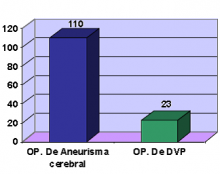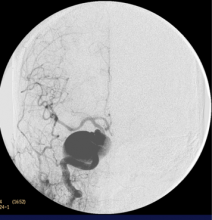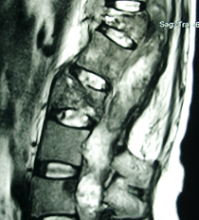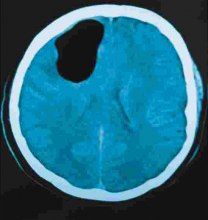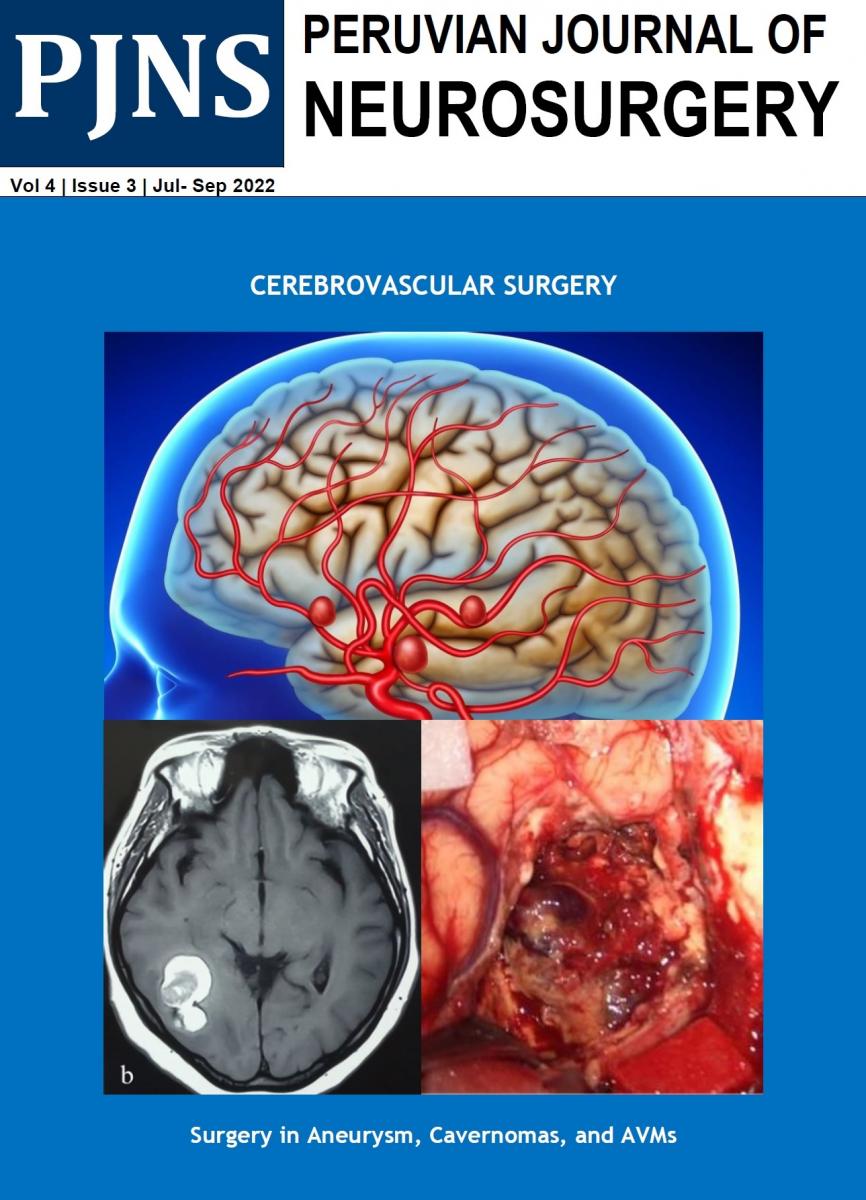Clinical and Epidemiological Characteristics of Patients with Hydrocephalus Secondary to Subarachnoid Hemorrhage Hospitalized in the Neurosurgery Department of Rebagliati Hospital 2007-2008
The author reviewed medical records of 110 patients who underwent surgical clipping of cerebral aneurysm in order to determine the clinical and epidemiological characteristic of patients with hydrocephalus secondary to subarachnoid hemorrhage (SAH) during the period April 2007-2008. He concluded that a judicious indication of a shunt greatly influences the patient's recovery, despite the fact that this one is multifactorial.

